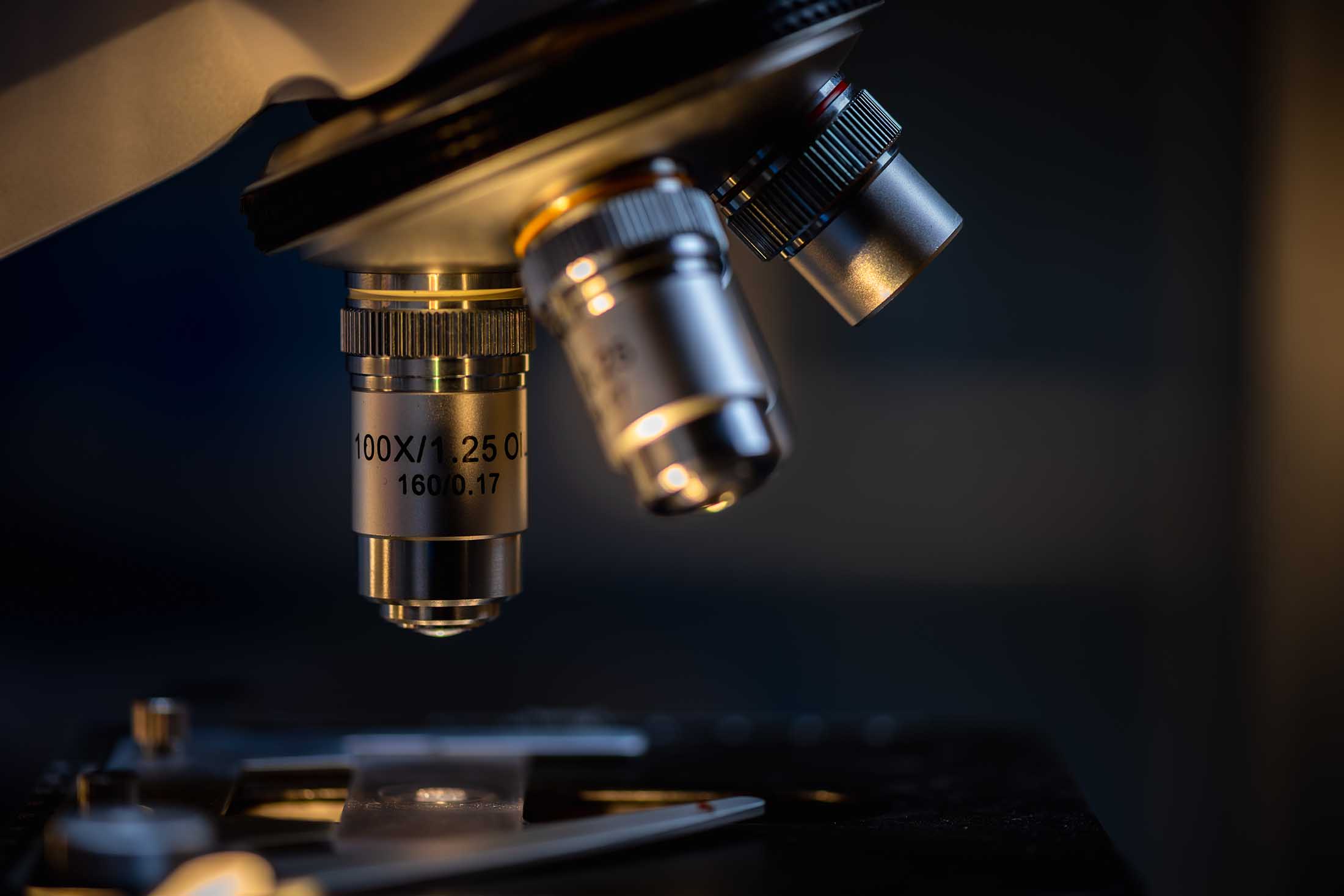BREAKING NEWS: Revolutionary Technology Unveiled – A Game-Changer in ADC Production
In a groundbreaking leap for medical science, researchers have unveiled a cutting-edge technology that promises to revolutionize Antibody-Drug Conjugate (ADC) production. The new technology, dubbed Whole Antibody Site Specific Conjugation (WASSC), boasts unprecedented capabilities.
WASSC TECH is thrilled to introduce our latest discovery that promises to reshape the landscape of targeted cancer therapies with the use of antibody-drug conjugate (ADC) production: Whole Antibody Site Specific Conjugation.
Precision in Conjugation – A Quantum Leap
ADCs, which combine the specificity of antibodies with the potency of chemotherapy drugs, have long held immense promise in the realm of cancer treatment. However, the challenge of achieving uniformity in conjugation has often hindered their full potential. Enter the WASSC technology – a groundbreaking approach that takes ADC production to new heights.
The core innovation lies in the ability to target pre-determined sites on antibodies, facilitating optimal and reproducible ADC production. This precise conjugation allows for enhanced cellular internalization and streamlined characterization processes. The result? A smoother and more cost-effective production pipeline, devoid of the complexities that previously strained manufacturing resources.
Optimized Positioning – An Unparalleled Advantage
One of the standout features of the WASSC technology is its ability to optimize drug positioning on antibodies. This strategic placement offers benefits beyond the realm of conventional conjugation techniques. Remarkably, this optimization can be achieved without resorting to genetic engineering, ensuring better Drug-to-Antibody Ratios (DARs) and preserving the integrity of the antibodies.
Dr. Simon Beaudoin, CEO and leading researcher in the field, emphasized the transformative potential of this advancement: « Our technology bridges the gap between precision and efficiency. By strategically placing drugs on antibodies, we’re unlocking the true potential of ADCs – targeted treatments with reduced side effects. »
Broader Application, Lower Costs
The WASSC technology’s foundation in fundamental protein principles widens its scope of application across multiple therapeutic domains. From its inception, this technology was designed to break down barriers, enabling its integration into diverse drug development strategies.
From a cost perspective, the implications are equally remarkable. The newfound homogeneity achieved through WASSC translates into enhanced consistency in final product quality. This leap in uniformity significantly contributes to the reproducibility of the conjugation process, ultimately yielding a more reliable and effective therapeutic option. Furthermore, the streamlined homogeneity improves the handling and feasibility of these ADCs, adding a practical edge to their medical prowess.
A Leap into Synergy
In a testament to the potential unleashed by the WASSC technology, researchers have now ventured into the realm of multi-drug conjugation. This unprecedented stride empowers ADCs with the capability to carry multiple drugs simultaneously, a development that holds immense promise for unlocking drug synergies and refining treatment outcomes.
Dr. Simon Beaudoin, a pioneer in the field, highlighted the transformative nature of this discovery: « Our research platform has shattered the boundaries of traditional ADCs. By enabling the amalgamation of multiple drugs, we’re tapping into a new dimension of therapeutic efficacy. This heralds a future where cancer treatments are not only more potent but also tailored for precision delivery. »
A Paradigm Shift in Cancer Treatment
The unveiling of the Whole Antibody Site Specific Conjugation technology marks a pivotal juncture in medical science. With its potential to lower manufacturing costs, enhance uniformity, and unlock the power of drug synergies, this innovation promises a brighter future for cancer patients and beyond. As researchers continue to explore the multifaceted implications of this breakthrough, the medical community eagerly anticipates the transformative impact it will have on targeted therapies.








0 commentaires